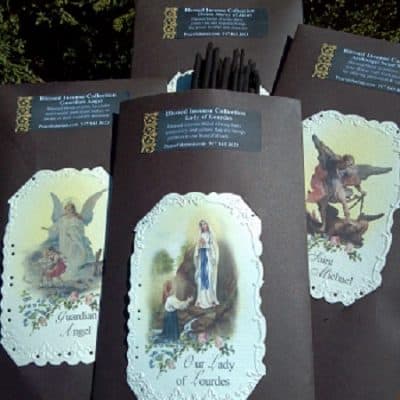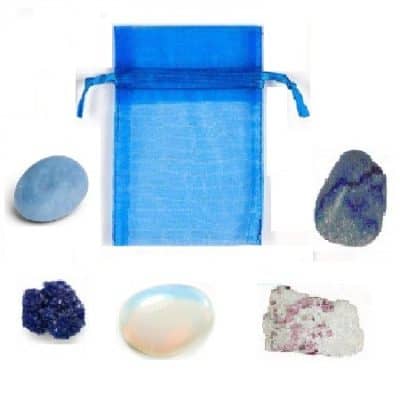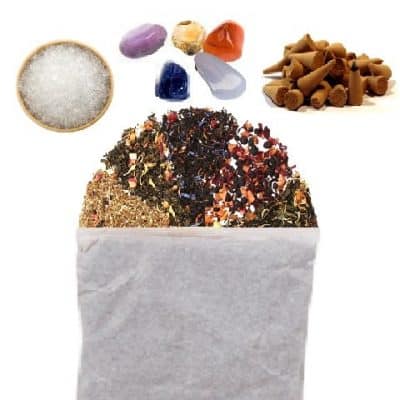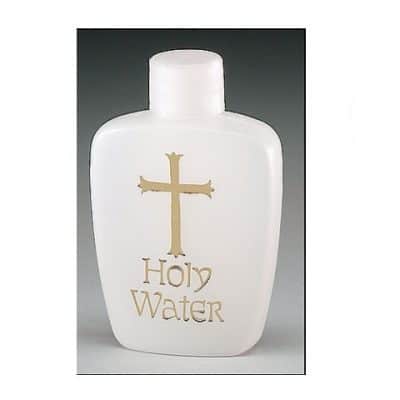Lucifer
The Devil
A devil is the personification and archetype of evil in various religious traditions. In Christianity, evil is incarnate in the Devil or Satan, a fallen angel (named Lucifer) who is the primary opponent of God. In the fully dualistic cosmologies of Zoroastrism, Manichaeism, and Albanenses, and in the partially dualistic Catharism, the Devil is the principle of Evil juxtaposed with and independent of God, the principle of Good.
In some traditions, divinities can become demons. The Teutonic gods demonized the Giants. Christians considered the Roman and Greek deities devils, and Muslims held that the pre-Islamic Jinn, tutelary deities, became subject under Islam to the judgment of God, and that those who did not submit to the law of God are demons.
Satan (the Dragon) or the Beast is represented in most religions. Apep was the ancient Egyptian deity who embodied chaos and was therfore, the opponent of light and Ma’at (order/truth).
Buddhism contains a devil-like figure called Mara who is a tempter figure in Buddhism, distracting humans from practicing the spiritual life by making mundane things alluring, or the negative seeming positive. He tempted Gautama Buddha by trying to seduce him with the vision of beautiful women who, in various legends, and are often said to be Mara’s daughters. In Buddhist cosmology, Mara personifies unwholesome impulses, unskillfulness, the “death” of the spiritual life.
Yahweh, the god in pre-exilic Judaism, created both good and evil, as stated in Isaiah 45:7. The Devil did not exist in early Jewish scriptures. However, the influence of Zoroastrianism during the Achaemenid Empire introduced evil as a separate principle into the Jewish belief-system, which gradually externalized the opposition until the Hebrew term “Satan” developed into a specific supernatural entity, changing the monistic view of Judaism into a dualistic one.
In the Bahá’í Faith, a malevolent, superhuman entity such as a devil or satan is not believed to exist. These terms do, however, appear in the Bahá’í writings, where they are used as metaphors for the lower nature of man. Human beings are seen to have free will, and are therefore, able to turn towards God and develop spiritual qualities or turn away from God and become immersed in their self-centered desires.
The Devil
The Devil: Attachment, restriction, anger, limitations or self captivity
Key Words: Ego, Loss, Error, Addiction, Illusion, Disruption, Enslavement, Commitment, Limitations
This archetype represents indulgence, material pleasures and self-gratification in excess.
Often, when this card appears, it is telling you that you are doing something in your life that feels good, but is not good for your health or well-being. Whether you are keeping to old habits, running around with one or more who are not a good influence over you or you keep repeating the same mistakes that got you in trouble the first several times, this is the devil you need to shake!
The image of the Baphomet in the tarot card, can be a shock (just like the death card). BUT if we approach this card in a mature manner, we can glean a mass of insight. Before exploring this card further, take a moment to consider the laws of nature. When we observe the trees, the sky, the grass, the birds, and other phenomenon of nature, do we see the presence of a devil? Absolutely not. Out of all life that exists on this planet only one creature can identify that which is “devil.” That creature is of course, the human. Only humans can classify what is “devil” and what is “angel.” What makes a human able to create, define, or interpret the personification of the devil?
A mind. And with a human mind comes the human ego running along beside it. The ego is the key to understanding the Devil card. Ego tells us we’re better than the other guy, or we’re not good enough. Ego tells us we need external stimuli (drugs, alcohol, food) to be acceptable to society, or feel comfortable in our own skins. Ego tells us we need a new car to get respect or we need to put our spouse in his/her place so we are “on top.” When we pull the Devil card in a reading we’ve got some serious examining to do. We need to consider who or what is in charge of our lives. The Devil is a very loud message stating that we’re in danger of giving up our control to our base nature. Or, it’s a message that we’ve already dropped to a level of functioning that is beneath us.
We are designed for greatness, yet when we stoop to the level of ego-thinking we’re blind to our own beauty. The truth is that love and acceptance can never be gained because they are always ours – they are at the core of our being at all times.
Key Symbols:
Chain: In conjunction with the Devil card we get the sense of being bound to habits, thoughts, beliefs, or behaviors that enslave our spirits. The Devil is nothing more than a metaphor for living a base/banal and substandard existence. Click here to read more about chain symbolism in Tarot.
Fly: The fly is a symbol of very primitive, base energy states. Its nature is pesky and irritating. It happily feeds on rot and waste. We can liken these qualities in ourselves; when we are duped into thinking we are unworthy or we are feeding on filthy thoughts. Our addictions can be as nagging and pesky as the fly. Our “little selves” (the one whose voice cries me, me, me) express the lowest level of energy and it turns like a maggot in our minds.
Flame: The flame is a symbol of illumination. In this case it serves as a symbol of hope that we can all overcome the not-so-savory urges and characteristics the Devil card represents. The flame also reminds us that there is no darkness – there is only an absence of light. When we carry the light in our hearts and minds, lower level energy will always be dispelled.
Grapes: Grapes are the fruit from which wine is made. This represents pleasure and luxury. Additionally, because grapevines climb towards the sun, this fruit represents ambition and rewarded efforts.
Inverted Five-Pointed Star: Unfortunately, this symbol has been MISINTERPRETED for centuries!. Simply put, the inverted (up-side-down) five-pointed star is the opposite of its original meaning. The five-pointed star, or pentagram is a symbol of harmony among all the elements. Therefore inverted, this symbol means disharmony, error, and maligned thought. The pentacle star represents the 5 element of fire, water, earth, air, ether.
Key Questions :
When the Devil Tarot comes up:
Am I feeding an addiction?
What do I gain by letting my ego control my life?
Do I think I’m unworthy of love? Happiness? Peace? Why?
Do I always feel like I need to answer to someone? Why?
What is pestering me all the time? What can I do about it?
Do I feel like I never have enough, can never be enough? Why?
How can I lift myself out of these lower levels of thoughts and feelings?
The Devil:
Major Arcana
Chakra: Root Chakra, Sacral Spleen Chakra
I Ching: Ming Yi
Runes: Naudiz, Elhaz
Number 15 (see number 6)
Element: Earth
Planet: Venus
Rules: Capricorn
Colors: Black, Beige
Crystal: Black Onyx, Hematite, Obsidian, Jet
Characteristics: Disciplined, has to learn lessons the hard way, mature, wise, very aware of limitations, restrained, cautious. Negativity, disaster, sadness, violence, abuse, ill-tempered, crime. The Devil will always be an archetype of struggle and conflict. It can be seen as the connection to our physical desires and downfalls, our bound to the physical and material worlds and the current ties to our sinful state of mind. It is fitting that this card is opposite Temperance.
See also: Lucifer (under Angel Compendium)
References
1. https://en.wikipedia.org/wiki/Symbol
2. https://www.whats-your-sign.com
4. Rider Waite Centennial Edition







